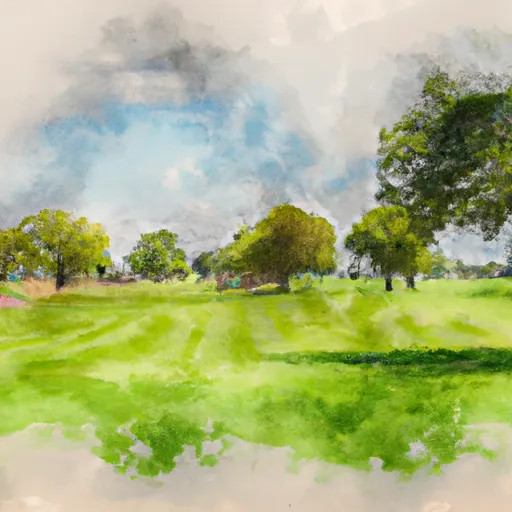Summary
Situated within the Great Plains region, the city experiences a humid subtropical climate with hot summers and mild winters. Summers are typically hot and humid, with temperatures reaching the mid-90s (Fahrenheit), while winters are mild, with average temperatures ranging from the 30s to 50s.
Hydrologically, Midwest City benefits from the presence of several lakes and rivers in the vicinity. The nearby Lake Thunderbird State Park offers a host of outdoor activities such as boating, fishing, and swimming. The North Canadian River that flows through the city provides opportunities for water-based recreation and scenic views. Additionally, the city boasts numerous parks and green spaces, perfect for picnicking, hiking, and bird-watching.
Outdoor enthusiasts can explore the Tinker Nature Park, a nature oasis with hiking trails, wildlife, and educational programs. The Joe B. Barnes Regional Park is another popular spot, offering various recreational amenities like playgrounds, sports fields, and a water park.
In conclusion, Midwest City, Oklahoma offers a pleasant climate, diverse hydrology constituents, and ample outdoor recreation opportunities, making it an ideal destination for nature lovers and outdoor enthusiasts.
Weather Forecast
Midwest-City receives approximately 925mm of rain per year, with humidity levels near 80% and air temperatures averaging around 16°C. Midwest-City has a plant hardyness factor of 7, meaning plants and agriculture in this region tend to thrive during the non-winter months.

 Quinlan Park
Quinlan Park
 Tom Poore Park
Tom Poore Park
 Alfalfa Field Park
Alfalfa Field Park
 Joe B Barnes Regional Park
Joe B Barnes Regional Park
 Harrah Lions Park
Harrah Lions Park